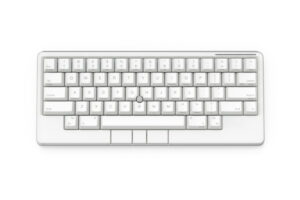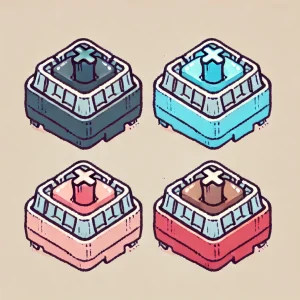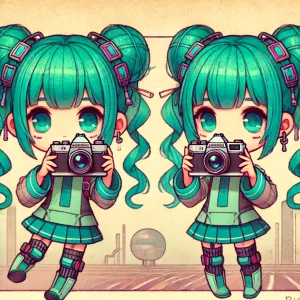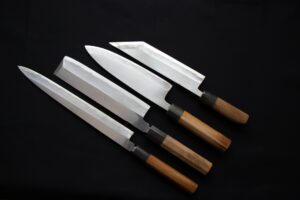
Japanese Family Crests: History and Design Inspiration
Japanese family crests, known as “kamon,” have varied features depending on the historical context and era. In the following sections, we will introduce the history and distinctive characteristics of Japanese family crests throughout different time periods, offering inspiration for creating your unique family crest.
Nara Period (710-794)
During the Nara period, the use of family crests was not yet widespread. However, the period’s decorations and culture provided the foundation for the concept of family crests.
Heian Period (794-1185)
In the Heian period, the aristocracy began to use family crests on their clothing and accessories. This symbolized the honor of one’s family and served as a representation of their lineage.

Kamakura Period (1185-1333)
During the Kamakura period, the warrior class, known as samurai, started using family crests extensively. Family crests became crucial emblems for samurai clans and a symbol of unity among warriors.

Muromachi Period (1336-1573)
In the Muromachi period, the use of family crests spread throughout Japan, with numerous families adopting their unique crests. This era saw the emergence of diverse designs and patterns, often influenced by regional distinctions.
Sengoku Period (1467-1615)
The Sengoku period saw family crests displayed on the armor of soldiers during battles, symbolizing courage and honor. The designs became even more diverse during this era.

Edo Period (1603-1868)
In the Edo period, family crests of the samurai class became standardized, and many families adopted specific crests. Additionally, the merchant class also began using family crests.

Modern and Contemporary Times
In modern and contemporary Japan, family crests continue to represent traditional culture. The use of family crests has become more widespread, and individuals or organizations often create their unique family crests.
Taking into consideration these historical backgrounds and features, you can draw inspiration when creating your unique family crest. Here are some general design ideas:

Family History
Consider elements from your family’s history and values. You can incorporate the place of your family’s origins or significant events.
Personal Interests
Base your design on your personal hobbies and interests. Include elements like your favorite flowers, animals, or landscapes.
Tradition and Modernity
Combine traditional elements with contemporary values in your design. Give new meanings to classical family crest styles.
Colors and Shapes: Be mindful in selecting colors and shapes that harmonize with the meaning and emotions you wish to convey through your family crest.
Naming Your Crest
Naming your family crest can emphasize the stories and meanings behind it.
When creating your family crest, it’s essential to express your family’s or your own identity while respecting Japan’s traditions and values. Family crests serve as symbols that carry unique meaning and pride for yourself and your family, transcending beyond a mere design.








